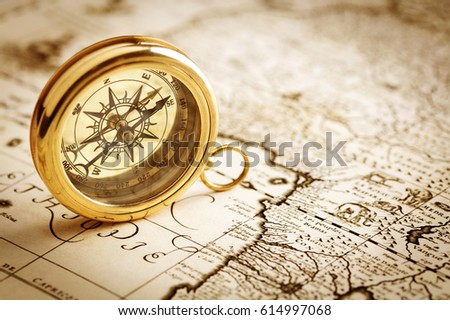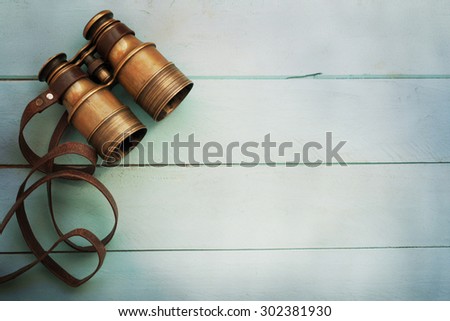Geography (γεωγραφία) is a field of study. It means "earth description" from Greek language. There are two parts of this science: physical geography and human geography.
Physical geography studies about nature and the climate of our planet Earth. Oceans, forests, mountains are different. Somewhere there are volcanoes and hot weather. Somewhere there are plains and fields.
Also, science about Earth explained structure of the planet. Atmosphere, asthenosphere, hydrosphere, crust, rigid mantle, stiffer mantle, outer core, and inner core are parts of Earth.
Human geography is another part of the science about our planet. It studies about people and their countries. Population, economics, culture, politics, languages, territory are show human geography. Name of capitals and other cities of specific country.
Students study different parts of geography during school lessons. Maps and globes help with it. These subjects can be for physical and human geography.
This science is interesting.
Source of image:
https://www.shutterstock.com/es/image-vector/globe-maps-compass-others-school-subjects-775265689
Source of image:
https://www.shutterstock.com/es/image-vector/creative-illustration-geography-line-icon-632205098
Source of image:
https://www.shutterstock.com/es/image-vector/layers-earth-structure-strata-shown-scale-726253207
Showing posts with label map. Show all posts
Showing posts with label map. Show all posts
Saturday, April 11, 2020
Geography.
Labels:
climate,
countries,
Earth,
geography,
globe,
human,
images,
map,
nature,
our planet,
people,
planet,
school subject,
students,
study,
weather
Monday, March 19, 2018
Age of Discovery.
Age of Discovery, also known as Age of Exploration began from XV to XVII centuries. On this period people did a lot of discoveries in other continents.
Christopher Columbusreached the New World in 1492. It was a very important for history. Many years later people found new land in the world. People wanted to find goods for themselves.
Every country of the New World has its own history.
Italian explorer Marco Polo visited China in XIII century. He saw another civilization in the world. He found new things in this country. So, new foods and things from China appeared in Europe, such as: ice cream, crane, noodle, and etc.
Maps have changed after discoveries of new countries. Ships were needed and important for marine voyages.
Source of image:
https://www.shutterstock.com/nb/image-photo/compass-on-old-map-614997068?src=jE0v_-HqyHmz9uhnM1mNBg-1-4

Source of image:
https://www.shutterstock.com/nb/image-photo/vintage-binoculars-travel-concept-302381930?src=jE0v_-HqyHmz9uhnM1mNBg-3-26

Source of image:
https://www.shutterstock.com/nb/image-photo/lisbon-portugal-june-2017-detail-portuguese-669326260

Christopher Columbusreached the New World in 1492. It was a very important for history. Many years later people found new land in the world. People wanted to find goods for themselves.
Every country of the New World has its own history.
Italian explorer Marco Polo visited China in XIII century. He saw another civilization in the world. He found new things in this country. So, new foods and things from China appeared in Europe, such as: ice cream, crane, noodle, and etc.
Maps have changed after discoveries of new countries. Ships were needed and important for marine voyages.
Source of image:
https://www.shutterstock.com/nb/image-photo/compass-on-old-map-614997068?src=jE0v_-HqyHmz9uhnM1mNBg-1-4

Source of image:
https://www.shutterstock.com/nb/image-photo/vintage-binoculars-travel-concept-302381930?src=jE0v_-HqyHmz9uhnM1mNBg-3-26

Source of image:
https://www.shutterstock.com/nb/image-photo/lisbon-portugal-june-2017-detail-portuguese-669326260

Subscribe to:
Posts (Atom)


